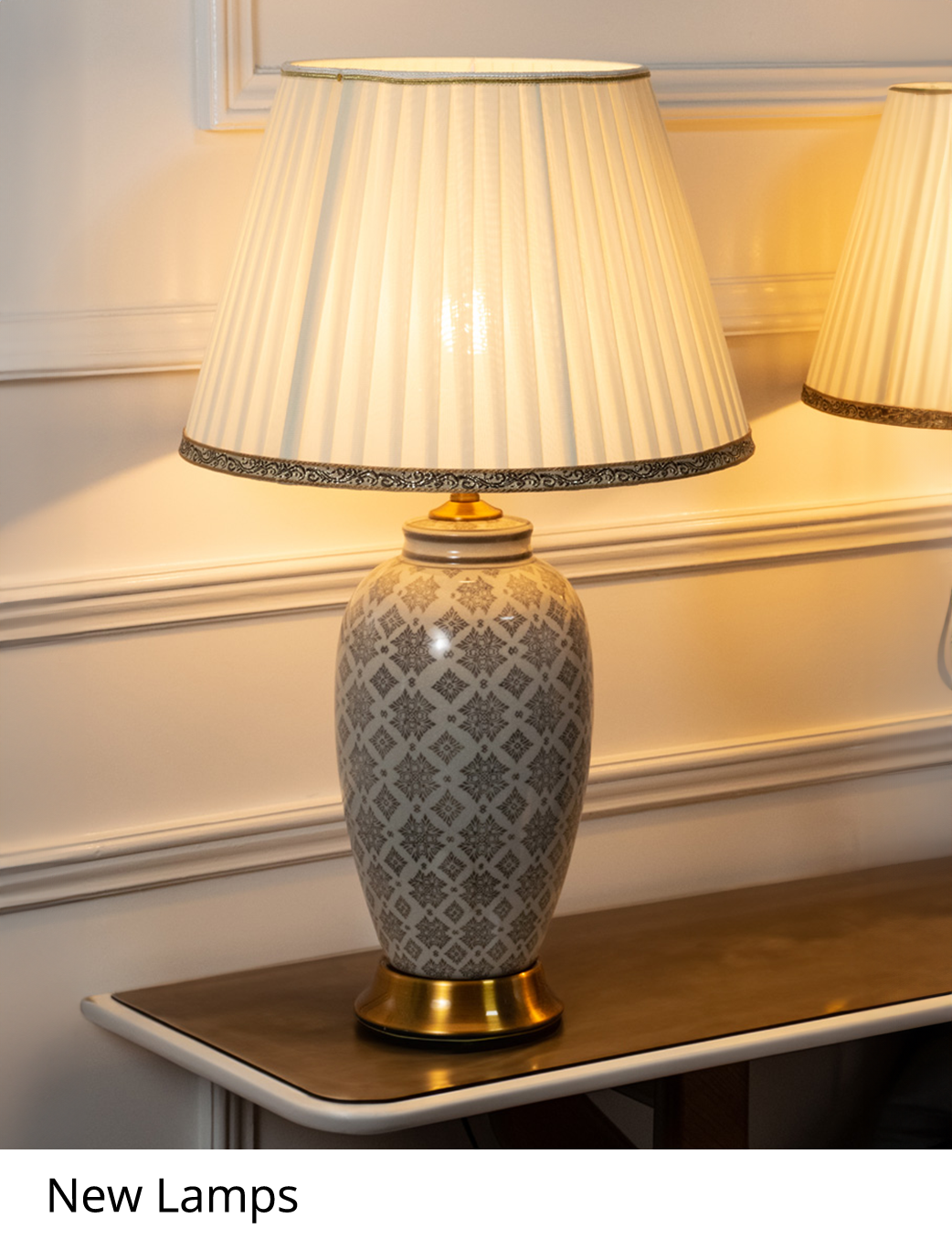Navigating Industrial LED Solutions for Industrial Applications
Navigating Industrial LED Solutions for Industrial Applications
Blog Article
Whether you're outfitting a warehouse, a logistics hub, or a production floor, industrial LED solutions provide unmatched performance, durability, and savings.
This article explores key advantages of buying LED lamps in bulk, the role of high bay LED fixtures in industrial spaces, and what to look for in an experienced LED lighting importer.
Let’s start by looking at the reasons why sourcing LED lighting wholesale is not only cost-effective—but also the smarter long-term choice for industrial facilities.
Why Wholesale LED Makes Sense for Industrial Buyers
Buying LED lamps at wholesale prices offers multiple advantages for businesses managing large-scale lighting needs.
When purchased wholesale, the return on investment (ROI) becomes even more attractive, especially in spaces requiring high-output lighting such as warehouses, factories, and logistics centers.
Whether you need fixtures for ceilings over 30 feet high or task lighting for assembly zones, buying in volume allows better system-wide integration.

Why Industrial Facilities Should Upgrade to LED Lighting
LEDs consume up to 75% less energy than traditional metal halide or fluorescent systems, significantly cutting monthly utility bills.
High-quality industrial LEDs deliver brighter, more uniform illumination, reducing shadows and minimizing workplace accidents.
Industrial LEDs also require less maintenance, thanks to their long lifespan—often exceeding 50,000 hours.
Features of Industrial High Bay LED Systems
High bay LED fixtures are designed for spaces with high ceilings—typically 20 to 45 feet—common in warehouses, distribution centers, and manufacturing plants.
This not only improves visibility but also enhances worker comfort and reduces eye strain, boosting overall productivity.
Advanced models, like the High Bay LED EVO, combine cutting-edge optics, durable construction, and smart features such as dimming or sensor integration.
Why the High Bay LED EVO Stands Out
Whether used in warehouses, assembly lines, or cold storage facilities, they deliver consistent, high-quality light.
Additionally, the EVO model often comes with flexible mounting options, optical lens choices, and smart lighting capabilities like motion sensors or daylight harvesting.
Companies seeking to modernize their lighting systems should consider the EVO series as a top-tier option offering durability, efficiency, and cutting-edge features.

What to Look for in an LED Importer
Working with a trusted LED importer or supplier ensures you receive high-quality products, competitive pricing, and reliable service.
Look for suppliers that maintain robust inventories and have strong relationships with manufacturers.
Finally, assess their technical support capabilities.
Why Investing in Quality LED Lighting Pays Off
When combined with top-tier products like High Bay LED EVO, businesses achieve not just cost efficiency but also operational excellence.
Selecting the descubra mais right LED supplier or importer ensures you gain access to cutting-edge products, expert guidance, and reliable after-sales support.
As industries continue to prioritize energy efficiency and sustainability, LED technology will play an even bigger role in shaping the future of industrial operations.
Your Questions Answered: Industrial LED Lighting
Why should I purchase LEDs in bulk?
It’s especially cost-effective for large-scale industrial projects with high lighting demands.
When do I need high bay LED fixtures?
High bay LED lights are designed for spaces with ceilings over 20 feet, such as warehouses, factories, and gymnasiums.
Why choose High Bay LED EVO fixtures?
It’s a top-tier choice for demanding industrial applications requiring durability and performance.
How do I choose a reliable LED supplier or importer?
A good importer ensures product quality, compliance, fast delivery, and long-term partnership.
Are LEDs worth the investment?
Industrial LED upgrades can reduce energy costs by up to 75% and maintenance costs by up to 50%.
Report this page